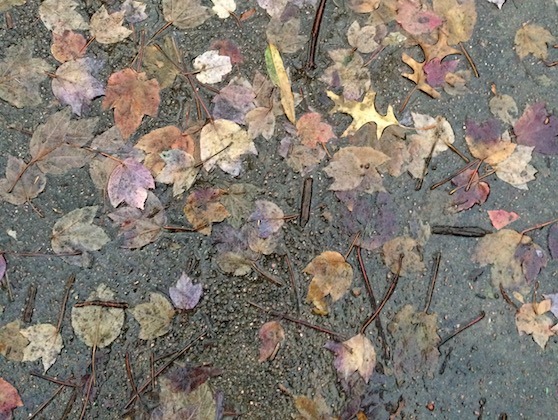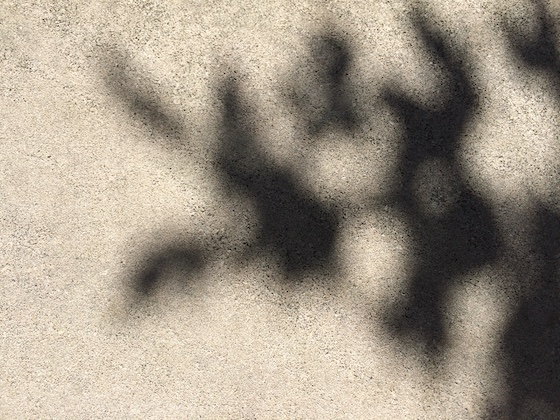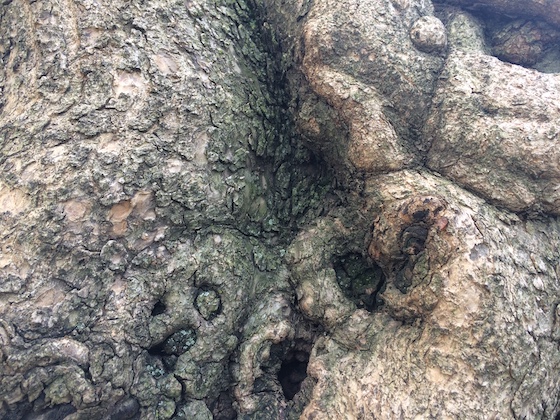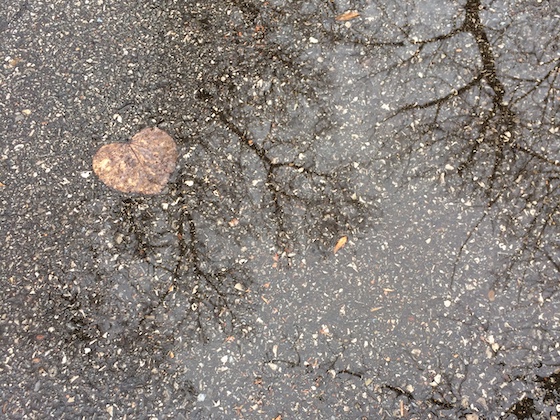
I had some free time on my hands after dropping my car off to be serviced the other morning, so I headed for the park via my usual route to get in a short walk. Along the way, I glanced to my left and the other side of the street to see if a certain elderly woman who lives in the neighborhood happened to be sitting outside, as she often is, on the wooden porch at the entrance to her apartment. Weekdays, she passes the time there alone, but weekends are a different story, when loved ones line the flight of concrete steps leading down from her place to the sidewalk.
It had been a while since I’d last seen her there, and she was absent that morning as well. And then it dawned on me as to the (now obvious) reason why—the temperature. It was twenty-two degrees! Fahrenheit! But that’s just my point: It appears that her contagious smile and always friendly “Good morning!” have had such a positive effect on me that I’ve now become conditioned to look in the direction of her front door each time I stroll by—regardless of the weather.
Though we’ve waved and exchanged greetings on many occasions, we have never actually met. So, come spring, I plan to cross the street and introduce myself; ask her how she’s been.




